BY keeping the human face of medicine in the forefront of its thinking, The Hospital Research Foundation is raising millions for lifesaving research and patient care at the new Royal Adelaide Hospital and public hospitals across Adelaide, supported by the Hospital Research Home Lottery.
Few people know this better than the researchers and the people seeking life altering treatments from their work.
Professor Jane Andrews and her patient, Rhianna Mummery, 20, are among the many who continue to benefit from THRF’s $1.6 million in funding to set up the new purpose-built Clinical Trials Centre at the RAH.

“This place is essential,” says Prof Andrews, who is acting director and head of the RAH Inflammatory Bowel Disease Service, Gastroenterology and Hepatology.
“If we hadn’t had this centre made available on transition to the new RAH, there would have been a catastrophe, really, for several reasons. Clinical research is and should be an integral part of teaching hospital medicine otherwise ... we’re not serving the teaching hospital role or advancing medicine and we’re not helping patients’ outcomes.
“I think it’s absolutely essential and fantastic that THRF found the financial resources to facilitate that. It’s really not an add-on it’s an essential part of teaching hospital medicine.”
One of many trials Prof Andrews is involved with at the centre is for a new formulation of a drug that treats ulcerative colitis (UC), an inflammatory bowel disease that causes bleeding, abdominal pain and diarrhoea in sufferers. More than 80,000 Australians live with either UC or Crohn’s disease. There is no cure and, if left untreated with drug therapies or surgery, a severe case of the disease can be fatal.
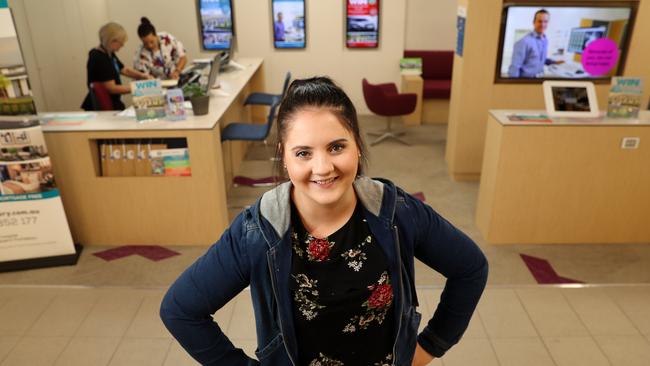
The drug, which has previously been available to the public as an intravenous injection, is being trialled for use as a simpler injection just under the skin — one that patients can safely administer themselves. Prof Andrews says the trial is being conducted simultaneously in medical centres around the world.
Her patient, Rhianna Mummery, is part of the trial, which is going well for her so far.
“I was diagnosed (with UC) in 2007, and I was about 10 years old. I was really skinny and pale and losing a lot of blood in the toilet, so my dad rushed me to the hospital,” Ms Mummery says.
“Then, 18 months later, I finally got diagnosed with UC. I was in hospital for almost three weeks and I got all the treatment I needed and I was pretty much good then. Then about three years later I got inflamed again. Every time I’d get inflamed I’d have steroids, which make me really big (through weight gain).
It wasn’t the best thing as a little kid, especially at school being bullied for the side effects of some medication.
“And you’re always looking out for a toilet or something just in case an accident happens.”
Prof Andrews invited her to join the trial and she jumped at the chance of a more effective treatment with fewer side effects. Now in its third phase after placebo trials last year, the trial is in what’s called the “open-label” phase. “I must have been getting the real drug because it worked and then towards the end of the year I went on the open label, so now I just inject myself every two weeks,” Ms Mummery says.
She urges South Australians to support THRF through donations or buying tickets in the Hospital Research Home Lottery so that lifesaving trials like hers can continue in the RAH’s Clinical Trials Centre. “Do it because it’s a really good cause,” she smiles.

PROFESSOR JOHN BELTRAME
As the Director of Research for the Central Adelaide Local Health Network, leading cardiologist and academic researcher Professor Beltrame gets to keep an eye on all of the research projects at the RAH and The Queen Elizabeth Hospital.
But he also gets to care for patients like Tim Lamming, who is one of about 6000 Australians who suffer from Myocardial Infarction with Nonobstructive Coronary Arteries (MINOCA), also known as an “unexplained heart attack” because there are no significant cholesterol blockages in patients’ coronary arteries.
Prof Beltrame hopes to put an end to the suffering of people like Mr Lamming after receiving the inaugural Basil Hetzel Translational Grant through THRF in 2017. With his team, he is doing pioneering research into the causes and treatment of MINOCA.
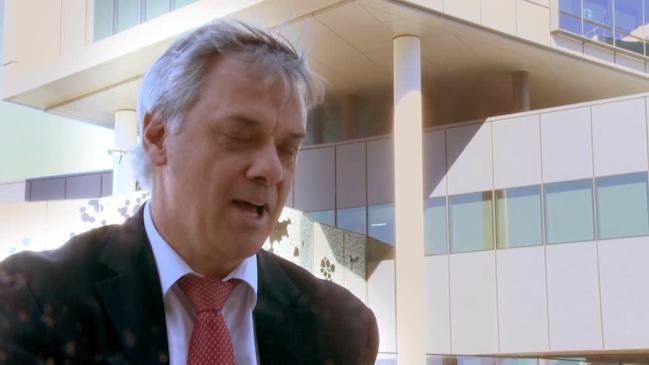
“This has given us a tremendous opportunity to advance (treatment of) this condition,” he says. “Most patients who have a heart attack have significant cholesterol blockages and that enable us to do (standard) treatments. In about 5 to 10 per cent of patients, they don’t have these blockages so we can’t do these kind of treatments.
“MINOCA was first detailed here in Adelaide and we are known for this research around the world. We now have the opportunity to continue to lead, internationally, this research because this ... will be a full study about (whether) the course of these standard treatments for heart attacks are actually of benefit to people who have MINOCA.”
Prof Beltrame was able to diagnose Mr Lamming: “Tim’s case provides inspiration to find more treatments for people like him.”
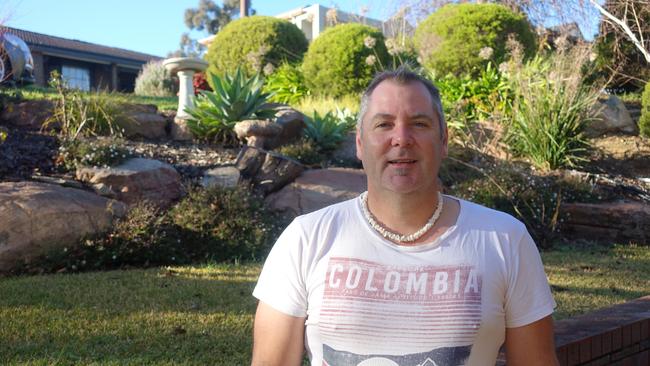
Mr Lamming, 48, says his first heart attack came out of the blue in December 2012 and was seriously scary. “I was working for Bunnings and doing some heavy lifting ... and it was a hot day,” Mr Lamming says. “I just started to feel off and after probably 10 or 15 minutes I was an absolute sea of perspiration. I went upstairs to sit down ... and that’s when the chest pain started to come on. My boss walked past he took one look at me and said ‘I think you need to go to hospital’.
On the way down North Tce, I arrested in the back of an ambulance and they had to give me a thump on the chest to get me going again.
Over the next two years, Mr Lamming suffered severe unexplained chest pain on average every 12 weeks, forcing him to quit work and become almost housebound. The medications he was prescribed also gave him severe headaches and even migraines. Finally, in 2015 he was put in touch with Prof Beltrame who diagnosed him with MINOCA. Mr Lamming did not qualify for Prof Beltrame’s research work but is desperately hoping it yields a better treatment.
“It’s really important for me that he succeeds and that he’s able to do the research into this condition. It’s not a common condition and, while Prof Beltrame ... has been able to find a combination of medication that’s at least stopped me from having heart attacks, it hasn’t been able to stop me from having chest pain and that’s the biggest impact on my life,” he says.
“It’s really important that funding for research continues so that it can help people like me try and return to some sense of normality. Just to be able to do the daily things that a lot of people take for granted.”

PROFESSOR GUY MADDERN
Prof Maddern, a liver surgeon and Director of Surgery for the Central Adelaide Local Health Network, has spent much of his life working to repair people’s livers — often from the ravages of cancer — and finding better ways to help treat his patients. About 28,000 Australians are diagnosed with metastatic liver cancer each year.
“THRF has been fantastic for supporting research generally but certainly in surgery we’ve been beneficiaries of their initiatives,” he says.
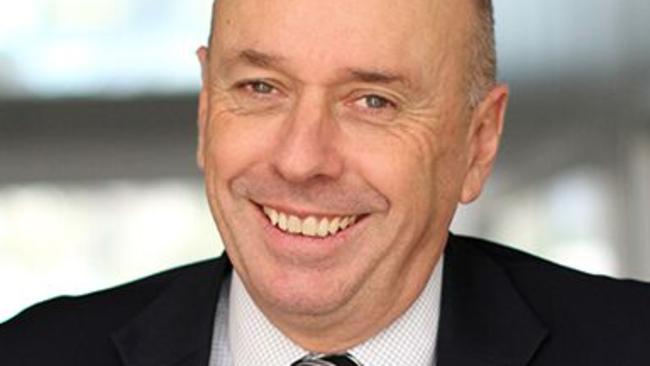
“The sorts of projects that we’ve been involved with have been around particularly detecting cancers, so we are trying to detect in patients whether the cancer is likely to have spread at a very early stage long before scans or normal blood tests would pick this up. That’s been an area we’re working on and quite successfully.”
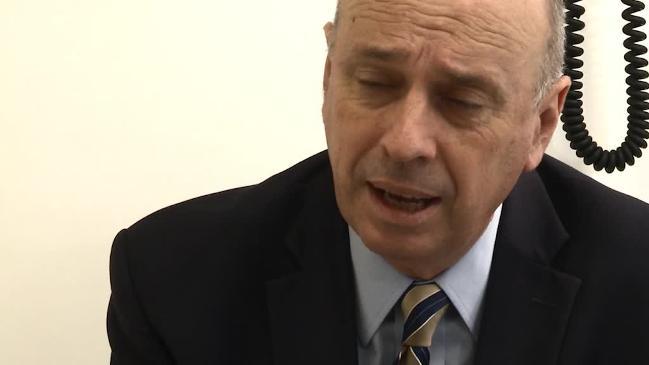
The work has looked at finding new ways of destroying tumours instead of surgically removing them. “We actually put probes in to destroy them by all sorts of means — some of them are thermal, where you heat them, some of them are electric, where you create an electrical imbalance which destroys them, and others are a combination,” he says.
“We are now able to operate on patients, for example with liver cancers, that would’ve been considered inoperable before.”
Prof Maddern says THRF supports research efforts by funding staff time but also with new equipment used to evaluate and analyse samples from patients.
The research is crucial, he says, because even if new technologies or treatments do not work out, the results go to inform the next round of experimentation that may lead to a break through: “In the long run (it) is helping our community.”
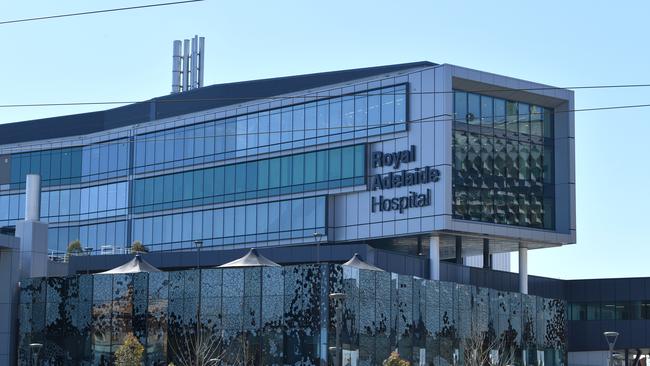
THE HOSPITAL RESEARCH HOME LOTTERY
To date, THRF, especially through its highly-popular Home Lottery, has provided more than $5.5 million to fund research and patient care at the RAH, including the Clinical Trials Centre. In 2017, it provided more than $12 million in funding to South Australia’s hospitals for lifesaving medical research and patient care.
The latest Home Lottery offers the biggest Grand Prize to date, valued at more than $2.8 million. The fully-furnished Scott Salisbury Home at Henley Beach is just minutes from the foreshore. This home has boutique resort stylings AND comes with $1 million in cash. At least 13,705 prizes will be given away, including luxury vehicles, worldwide holidays, electrical goods and more.

Whether you win or lose, the money raised will continue to support lifesaving medical research and patient care through THRF, which also opened its own office at the RAH in October 2017. The hub will allow the public easy access to information on the work of THRF and a place to make donations and buy tickets in each new lottery.
Funds totalling $750,000 have also recently been announced for another three RAH research projects, with more funding rounds soon to be announced.
Prof Beltrame explains the new research grants at the RAH: “The first is to embark on a (team) study of whether artificial sweeteners can perhaps cause diabetes rather than preventing diabetes led by Professor Chris Rayner. Professor Marianne Chapman, a specialist from the ICU, will investigate how much protein we have to give patients who are on a long-stay in intensive care. This will have an important impact on their outcomes. The third grant has been awarded to Professor Prashanthan Sanders, one of my cardiology colleagues, who continues his internationally renowned research into atrial fibrillation (an irregular, often rapid heart rate that causes poor blood flow). He’s now looking at how best to implement this in the hospital system.
“This is very exciting because the outstanding research that’s been done at the RAH for many years can now be further advanced with these additional funds.”
THRF chief executive Paul Flynn says: “We exist to save lives. Our work is only possible thanks to the support of our donors and ticket buyers in the Hospital Research Home Lottery. Thank you to the South Australian community for their ongoing support.”



Lockdown Kids docu-series: Covid’s shocking legacy
Spiralling mental health, youth crime and school refusal – this must-see docu-series examines the long-term impacts of placing the nation’s children into Covid lockdowns.
Watch the moment lifeless man yanked from burning wreckage
I was hit by a car going 170km/h and survived. No doubt about it, I should probably be dead. But after I was left unconscious, burning, trapped and helpless, something incredible happened, writes Advertiser journalist Ben Hyde.